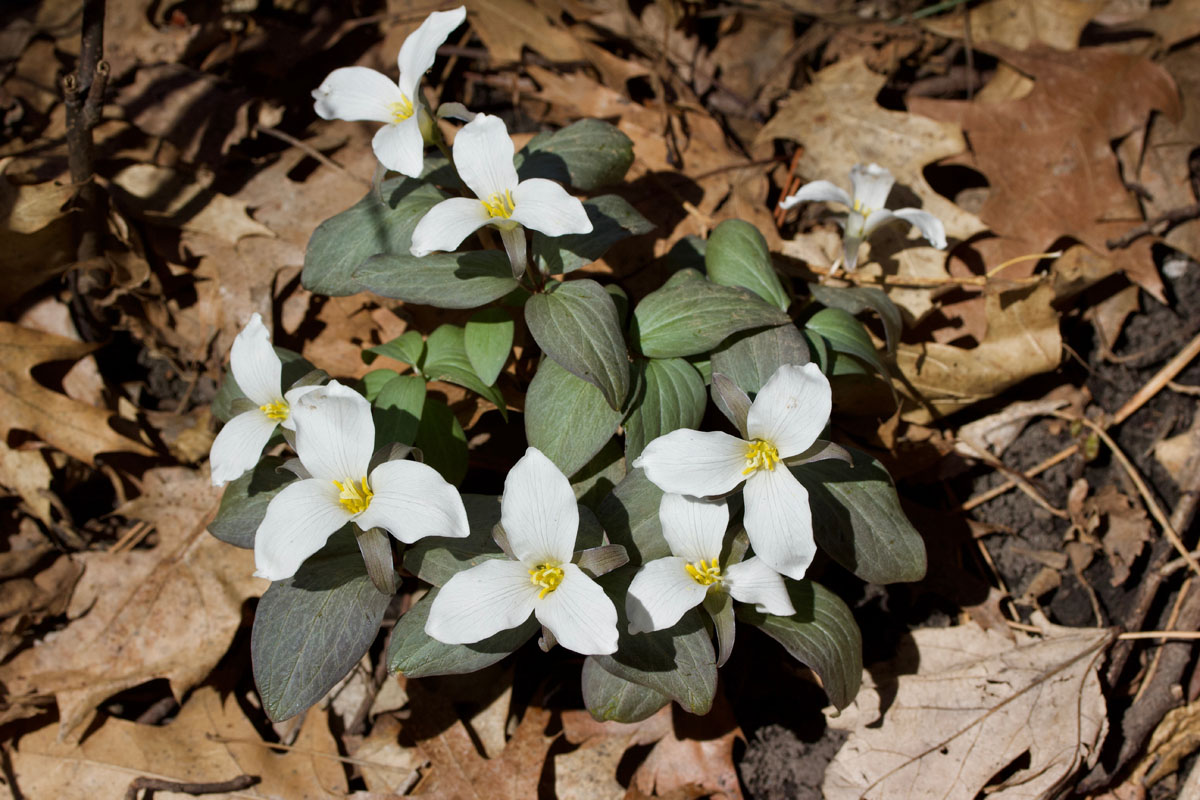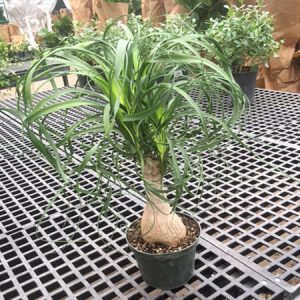Description
Trillium – Trinity Flower – Wakerobin – Wood Lily –
There are about 40-50 rhizomatous, deciduous perennial in the lily family in this genus. They naturally occur in woodland and scrub in temperate North America, with a few species in the Western Himalayas and Northeast Asia. It produces erect, rarely procumbent, short stems each bear an apical whorl of 3 lance shaped or elliptic to ovate or diamond shaped, net veined, often silver or purple marbled leaves. Upright or nodding, terminal, solitary, funnel or cup shaped flowers, with whorls of 3 leaf like, often reflexed outer sepals, and 3 inner petals, are either stalkless and surrounded by the leaves, or stalked and borne above or below the leaves. Suitable for a moist, shady border or woodland garden. Grow the smaller species, T. nivale and T.. rivale, in a pocket in a rock garden.
Grow in moist but well drained, deep, humus rich, preferably acidic to neutral soil, although some will grow in moderately alkaline soils, in deep or partial shade. Mulch annually in autumn with leaf mold. Do not pick leaves or flowers, if you do it may take several years to recover.
Prone to rust, smut, fungal spots and slugs and snails.
T. nivale – Dwarf White Wood Lily – Snow Trillium – This compact, clump forming perennial from Eastern and Midwest USA grows 5″ tall and 4″ wide. It produces stalked, ovate, dark bluish green leaves, to 1 ½” long. Short stalked, upright, pure white flowers, with oblong petals, to 1 11/2″ long, and green sepals and ovaries, are borne above the leaves in March and April and is one to earliest to bloom. Prefers limey sandy gravel, or crevices in limestone.
Zones 5-8





